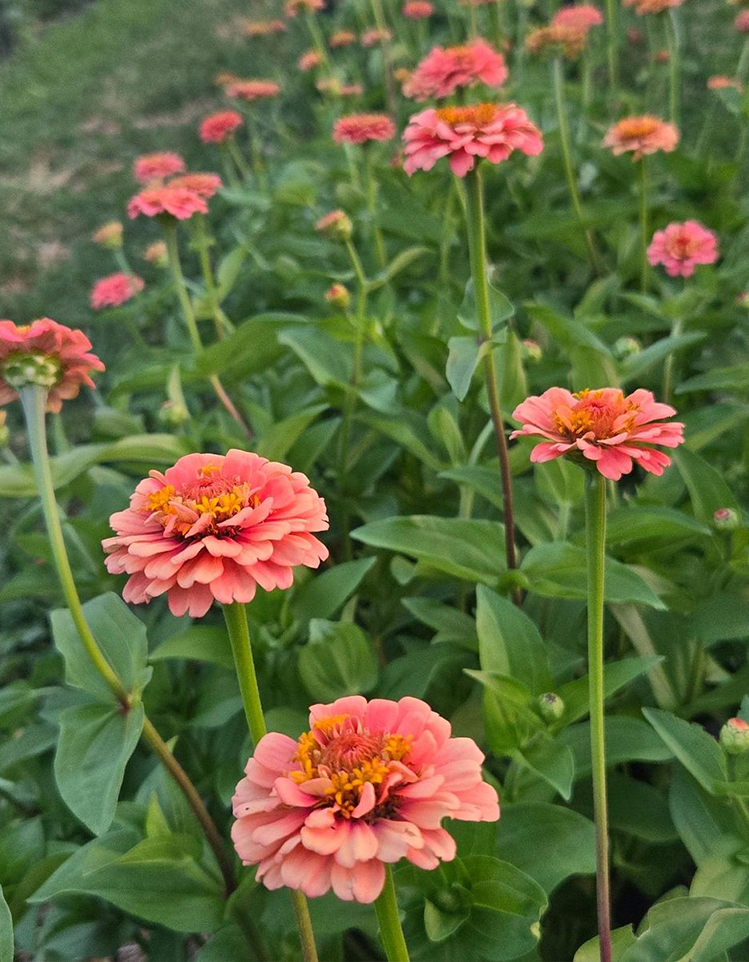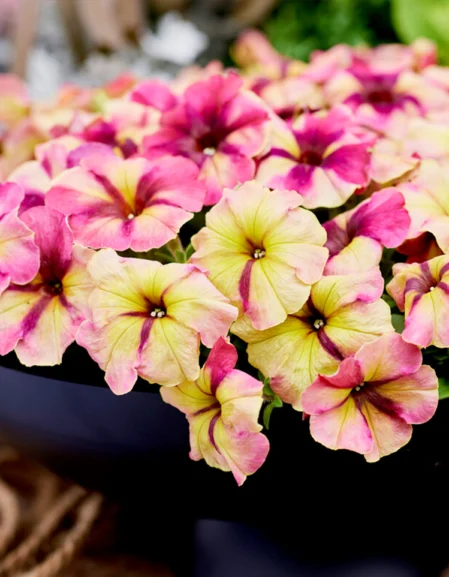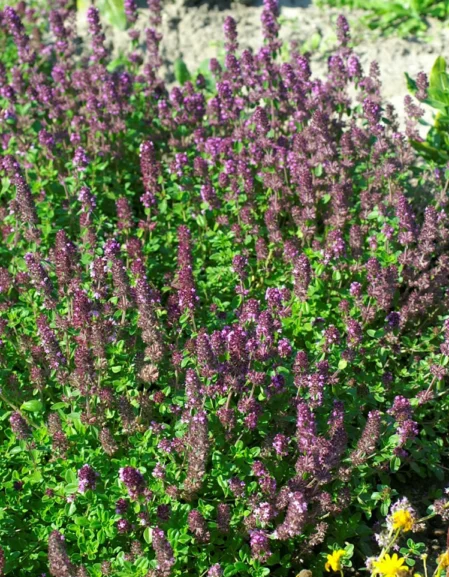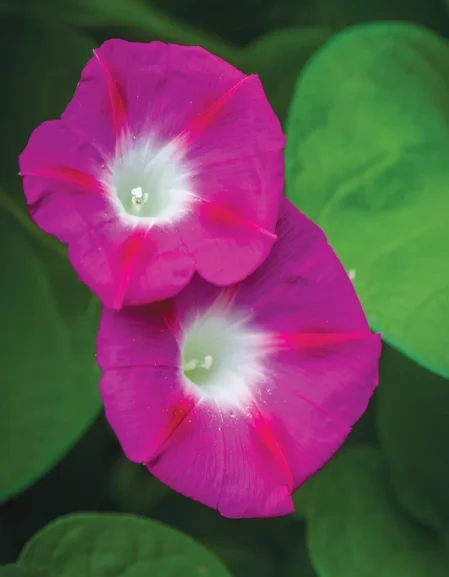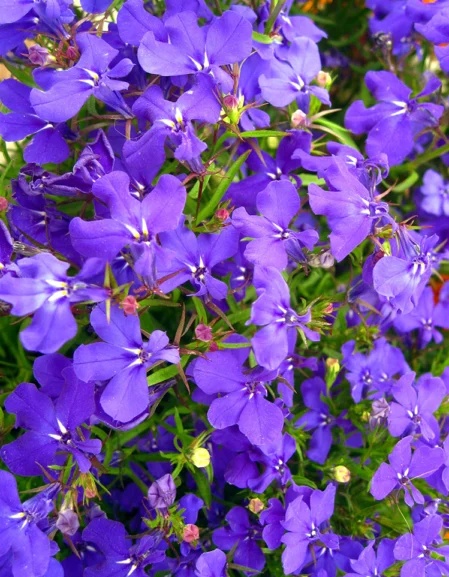Grow Your Own Cut Flowers with Zinnia elegans Benary’s Giant Salmon Rose
Zinnia elegans Benary’s Giant Salmon Rose brings elegance and vibrant colour to your garden with its large, double blooms in a warm salmon-peach hue. Developed by the renowned German horticulturist Ernst Benary in the mid-20th century, this variety is prized for its strong stems, exceptional disease resistance, and long-lasting flowers. Perfect for sunny borders, mixed flower beds, and cutting gardens, Zinnia elegans Benary’s Giant Salmon Rose provides continuous beauty throughout the season.
Growing Conditions
Zinnia elegans Benary’s Giant Salmon Rose thrives in full sun and well-drained soil. This heat-loving and drought-tolerant variety is ideal for UK summers. Growing to a height of 90–120 cm (3–4 feet), it adds structure and height to flower beds and borders.
Planting Guide
Sow seeds directly outdoors after the last frost, or start them indoors 4–6 weeks earlier for an early start. Plant seeds at a depth of 0.6 cm (¼ inch), spacing them 30 cm (12 inches) apart to allow for full growth. Germination occurs within 7–10 days when soil temperatures reach 15°C or higher.
Care & Maintenance
Water plants at the base to prevent mildew, allowing the soil to dry slightly between waterings. Deadhead spent flowers regularly to encourage fresh blooms and extend the display. Light feeding with a balanced fertiliser promotes healthy growth without excessive foliage.
Flowering & Cut Flower Tips
Zinnia elegans Benary’s Giant Salmon Rose produces blooms continuously from early summer to the first frost. For floral arrangements, harvest flowers early in the morning when they are fully open to ensure maximum vase life. Pinching the first buds encourages branching, resulting in even more flowers.
Garden Impact
Zinnia elegans Benary’s Giant Salmon Rose attracts pollinators like butterflies, making it a great addition to a pollinator-friendly garden. Pair it with other summer blooms for a stunning display, or mix it with foliage plants to highlight its soft salmon tones.
Additional Notes
At the end of the season, collect dried seed heads to save seeds for future planting. Store seeds in a cool, dry place for best results.

